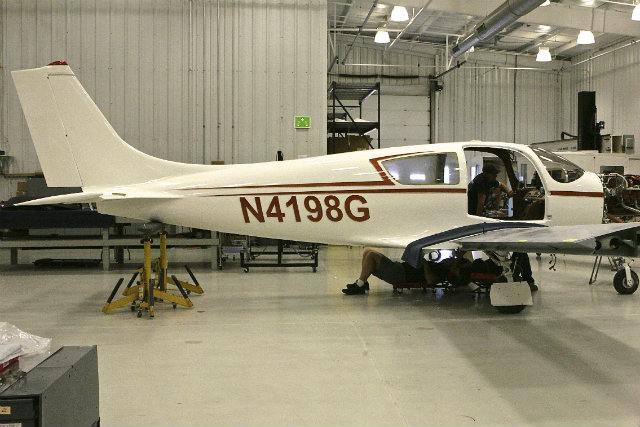A Chinese entrepreneur, Wei Hang, is to restart manufacture of the Windecker Eagle, or Eagle AC-7 Eagle 1, nearly 40 years after its US developer Windecker Industries shut down, having only produced eight and delivered one of the piston-singles.
Windecker’s demise was triggered by the Western economic recession of the mid-1970s, which hit the light aircraft industry particularly hard. The company had spent $20 million developing the four-seat type, which was the first composite aircraft to be built and certificated by the US Federal Aviation Administration under Part 23 certification standards.
Wei Hang acquired two stored Eagle Is in 2013, along with the programme’s type certificate and production rights.
He is now building manufacturing facilities in Chengdu, in southwest China’s Sichuan province, and Tongliao, eastern Inner Mongolia. Production is scheduled to begin in 2016, although Hang has yet to decide what name the company will trade under.
“The plan is to produce refined copies of the Eagle I for the burgeoning general-aviation movement in China,” says Don Atchison, chief executive of Windecker Aircraft. The Mooresville, North Carolina based-company has been commissioned by Hang to restore his pair of Eagles.

The first aircraft is scheduled to make its debut flight later in October. “We’ve replaced most everything from the firewall forward, and refurbished the landing gear, flight controls and mechanical, electrical, hydraulic and fuel systems,” said Atchison, who is heading the restoration project.
The upgraded aircraft are to eventually be shipped to China, where they will be used as marketing demonstrators.
All new production models – which could be branded the Eagle II – are to feature a host of extra refinements, including a new interior, a Hartzell three-blade composite propeller, and Garmin G3-X touchscreen flight deck. The Eagle’s original Continental IO-520-C engine is also to be replaced, with the upgraded and more efficient IO-550-N.
Atchison describes the upgraded model as “a fascinating blend of the oldest composite airframe in the world enhanced by the most modern technologies in avionics and subsystems”.
Chinese certification is scheduled for the first half of 2016.
Source: Flight International
















